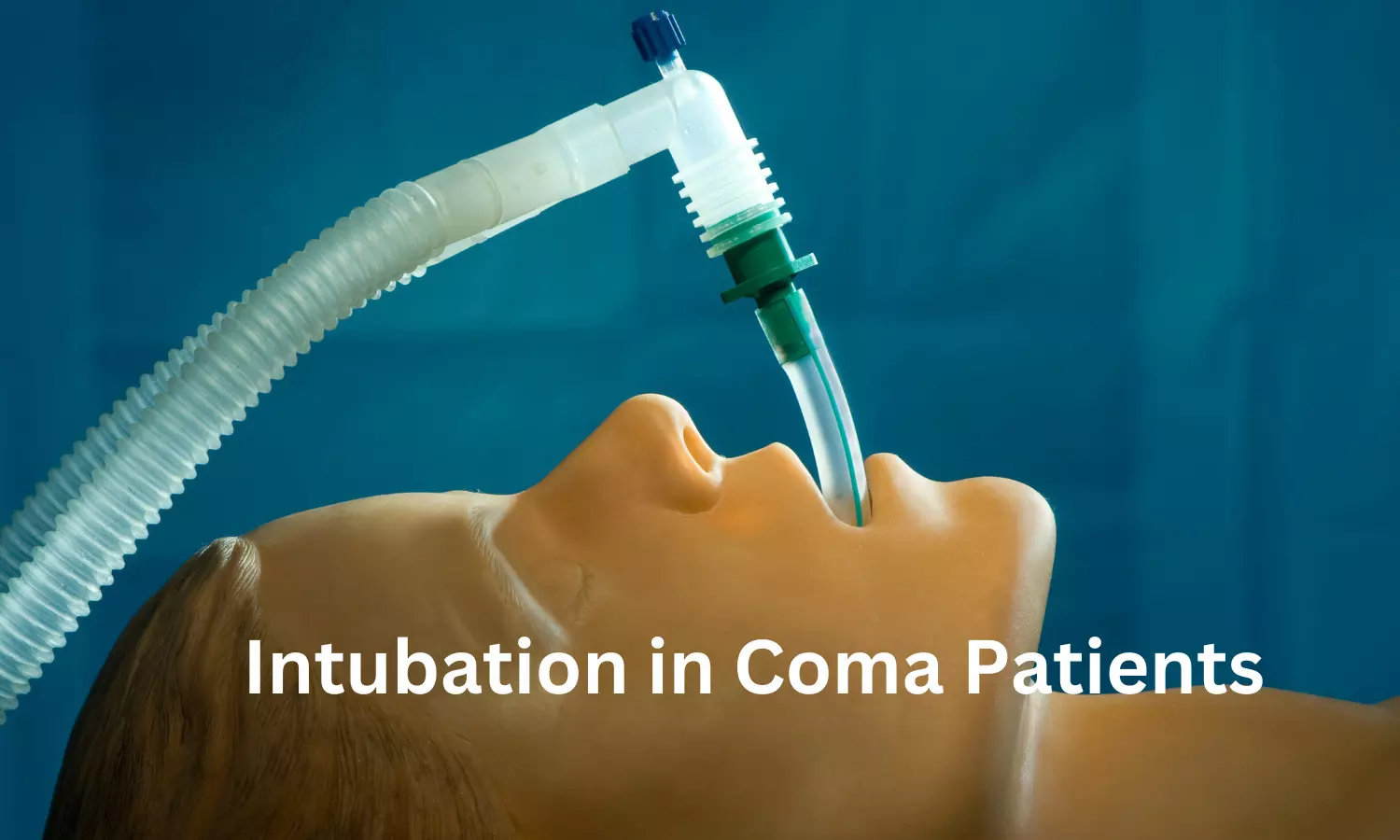Endotracheal tube cuff lignocaine prevents postextubation cough in children undergoing elective surgery: Study

Recently published research paper investigates the efficacy of using intracuff lignocaine in preventing postextubation cough in pediatric patients undergoing elective surgeries. The study, conducted in India, involved 120 pediatric patients randomized into two groups: one with intracuff air and the other with intracuff 2% lignocaine. The incidence of postextubation cough was significantly lower in the group with intracuff lignocaine compared to the group with intracuff air. The study also found a significant increase in heart rate in patients with intracuff air compared to those with intracuff lignocaine. Furthermore, the study demonstrated that the diffusion of lignocaine through the cuff was sufficient to provide an adequate localized effect on the tracheal mucosa.
Surgery Duration and Cough Occurrence
The research also explored the relationship between the duration of surgery and the occurrence of cough in patients with reduced end-operative cuff pressure. It was found that as the duration of surgery increases, more time is available for the diffusion of lignocaine through the cuff at lower cuff pressure to produce the desired effect on the tracheal mucosa. The study highlighted a few limitations, including the lack of assessment of plasma concentration of lignocaine and the duration of action of intracuff lignocaine on the tracheal mucosa. The findings suggest that intracuff lignocaine significantly reduces postextubation cough in pediatric patients and mitigates adverse haemodynamic responses compared to intracuff air.
Future Considerations
Overall, the research contributes valuable insights into the potential of intracuff lignocaine in preventing postextubation cough and adverse events in pediatric patients undergoing elective surgeries. The study provides important considerations for future research, such as the assessment of plasma levels of lignocaine, the duration of action of intracuff lignocaine, and the exploration of alkalinised lignocaine as a superior option for cuff inflation in pediatric patients.
Key Points
– The research explored the relationship between the duration of surgery and the occurrence of cough in patients with reduced end-operative cuff pressure. It was observed that as the surgery duration increased, more time was available for the diffusion of lignocaine through the cuff at lower cuff pressure to produce the desired effect on the tracheal mucosa. The study did note some limitations, including the lack of assessment of plasma concentration of lignocaine and the duration of action of intracuff lignocaine on the tracheal mucosa.
– Overall, the study highlighted the potential of intracuff lignocaine in reducing postextubation cough and adverse events in pediatric patients undergoing elective surgeries. It also provided important considerations for future research, such as the assessment of plasma levels of lignocaine, the duration of action of intracuff lignocaine, and the exploration of alkalinized lignocaine as a superior option for cuff inflation in pediatric patients.
Reference –
Kavyashree, M. B.; Kundra, Pankaj; Vinayagam, Stalin. Efficacy of endotracheal tube cuff lignocaine in the prevention of postextubation cough in children undergoing elective surgeries – A randomised controlled trial. Indian Journal of Anaesthesia 68(5):p 486-491, May 2024. | DOI: 10.4103/ija.ija_1013_23



